
The 8 Vinyl Flooring Trends for 2025
Vinyl flooring keeps improving, giving homeowners stylish, strong, and flexible choices. Here are the top trends in vinyl flooring for 2025:
1. Wide Plank Vinyl Flooring
Wide planks make rooms look bigger and more luxurious, showing off the wood-look vinyl’s natural beauty for a modern style.
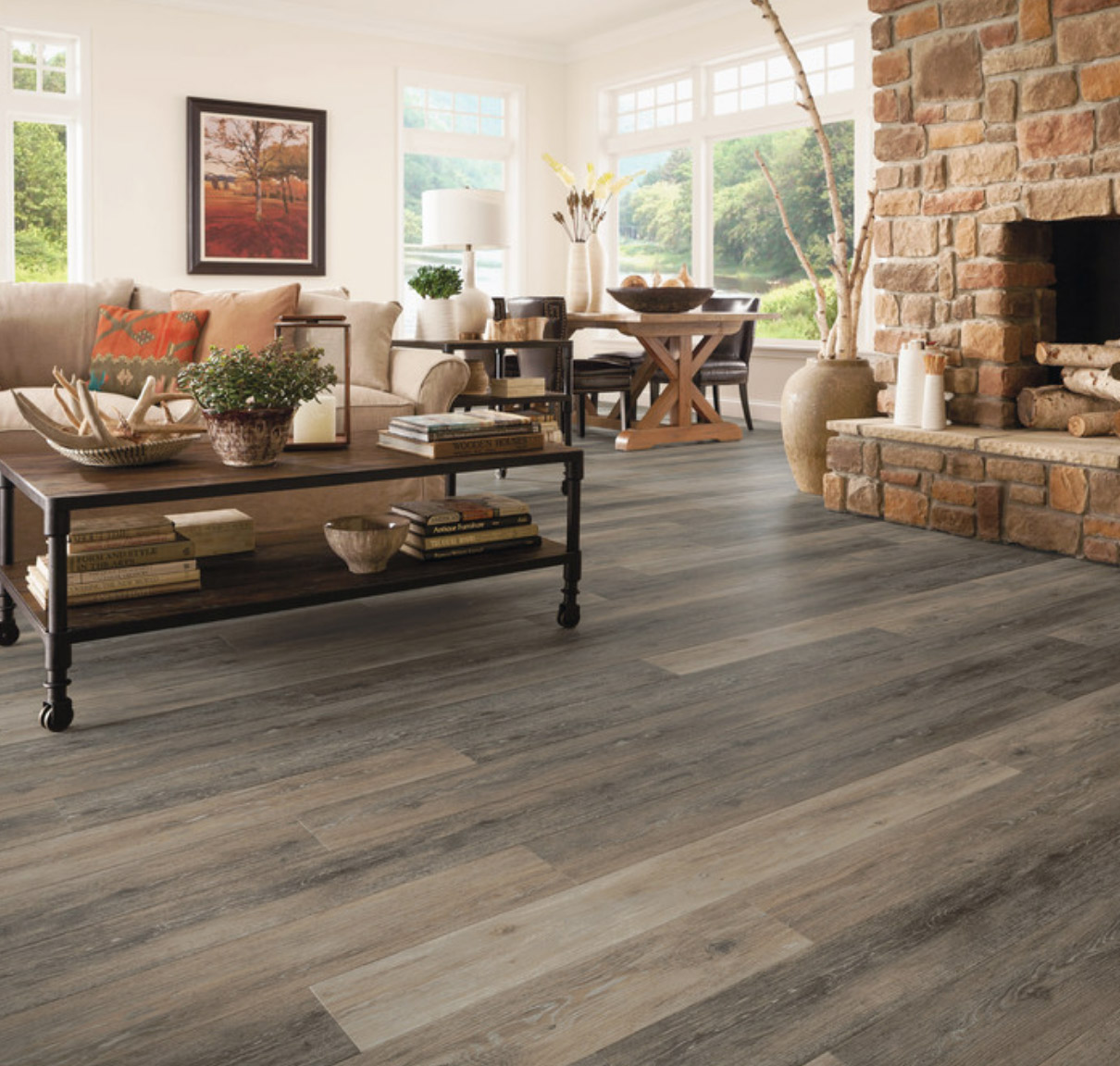
2. Herringbone Patterns
Classic patterns like herringbone add interest and style to any room. They fit well with both traditional and modern designs.

3. Chevron Patterns
Chevron patterns are similar to herringbone but have a more angular look, making them bold and trendy.

4. Mixed Wood Tones and High Variation Designs
Mixing wood tones adds depth and character, reflecting a more natural and varied style.
5. Stone-Look Vinyl (Slate, Marble, Travertine)
Vinyl that looks like stone offers elegance with the comfort and affordability of vinyl, suitable for many rooms.
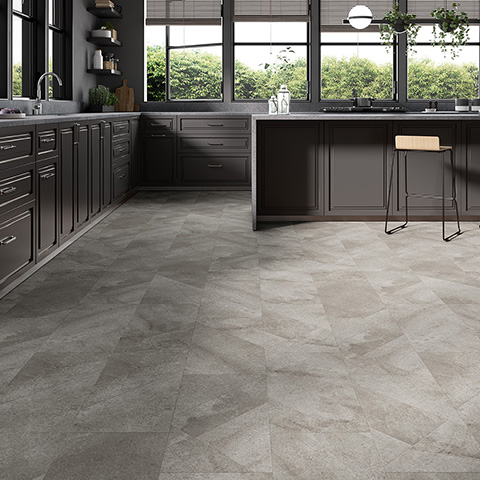
6. Matte Finishes and Low-Sheen Textures
Matte finishes are popular for hiding scratches and dust, giving a sleek, modern look that is easy to maintain.
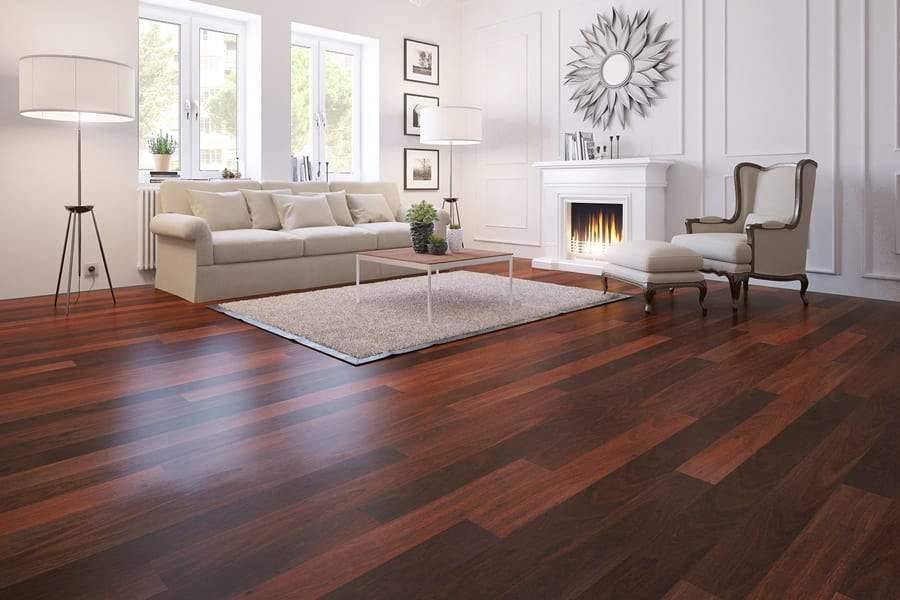
7. Natural Grain Embossing and Registered Finishes
New technology makes vinyl look real with textures matching the wood grain, enhancing its authentic appearance.

8. Seamless Indoor-Outdoor Transitions with Vinyl Tile
Vinyl tiles create a smooth flow between indoor and outdoor spaces, providing durability and weather resistance.
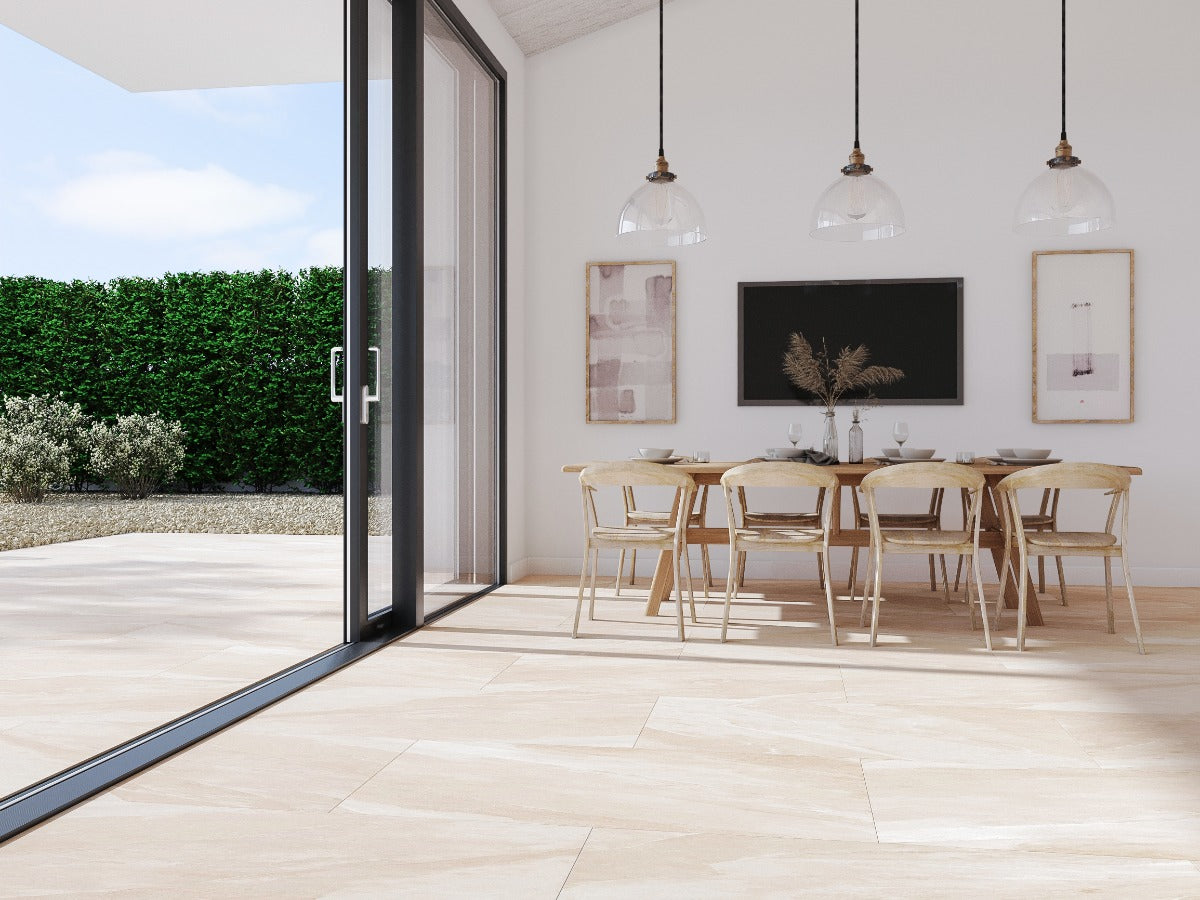
Vinyl Flooring Colors & Finishes Trending Now
In 2025, vinyl flooring colors are moving towards warm, natural shades and richly textured finishes. These styles add depth, coziness, and interest to any room.
🌾 Warm Greige and Honey Oak Tones
Greige, a mix of grey and beige, looks great with modern farmhouse and transitional styles. Honey oak brings a golden warmth, making kitchens and living spaces feel inviting and timeless.

🏖️ Coastal Whitewashed Planks
Light and beach-inspired, these whitewashed vinyl planks brighten small rooms and create an airy, relaxed vibe.

☕ Rich Espresso and Charcoal Tones
Dark colors like espresso and charcoal create a sleek, high-contrast look for dramatic interiors. They also hide dirt well in busy areas.

🪵 Distressed and Reclaimed Wood Looks
Vinyl with aged textures and saw-mark details looks like reclaimed barn wood, ideal for rustic or industrial styles. It adds character without the upkeep of real reclaimed materials.

🎨 Subtle Pattern Layering for Depth
Many vinyl options now have layered designs, like soft wood graining or mineral veining, adding richness and movement without being too strong.

Best Vinyl Flooring Types by Room
Selecting the best vinyl flooring for each room ensures it works well, lasts long, and looks good.
Kitchens: Waterproof LVP with Slip Resistance
Kitchens get a lot of use and might have spills and moisture. Waterproof Luxury Vinyl Plank (LVP) with slip-resistant surfaces is strong and safe. It looks like wood or stone and makes the kitchen look nice while being comfy to walk on.

Bathrooms: Sheet Vinyl or Rigid Core Vinyl Tiles
Bathrooms need floors that handle water well. Sheet vinyl offers a seamless, water-resistant surface, and rigid core vinyl tiles are strong with many design choices.

Living Rooms: Textured Wood-Look LVP
In living rooms, textured wood-look LVP gives the warm look of hardwood with the toughness of vinyl. It’s great where comfort and style matter.
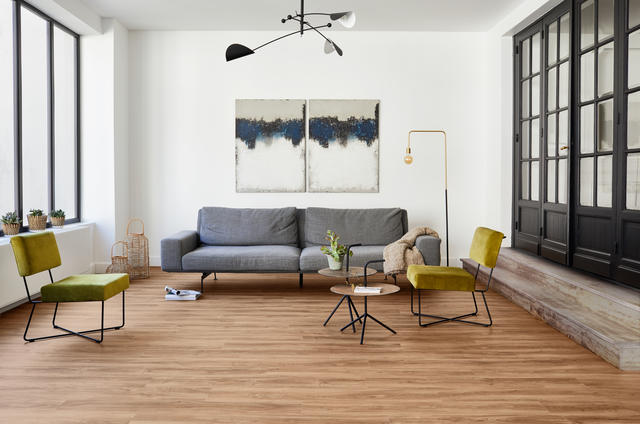
Entryways & Mudrooms: Scratch-Resistant Vinyl Tile
Entryways and mudrooms get a lot of foot traffic and dirt. Scratch-resistant vinyl tiles are durable and easy to clean, ideal for these busy areas.

Rentals: Peel-and-Stick or Click-Lock Vinyl Planks
For rental spaces, peel-and-stick or click-lock vinyl planks are easy to install and remove. They are a cost-effective option that still looks good.

Top Reasons to Choose Vinyl Flooring in 2025
Vinyl flooring is a top choice in 2025 for its modern look, durability, and affordability.
💧 1. Waterproof Durability for Every Room
Vinyl flooring handles spills in the kitchen, moisture in the bathroom, and damp basements. Most luxury vinyl plank (LVP) and sheet vinyl are 100% waterproof, ideal for wet areas.
🎨 2. Affordable Style with Luxury Visuals
Vinyl now mimics wood, stone, and tile with realistic textures. You get the high-end look of hardwood or marble without high costs or maintenance.
🛠️ 3. DIY-Friendly Installation
With click-lock or peel-and-stick options, vinyl floors are easy to install on your own. It’s perfect for a quick home update or temporary solutions for renters.
🦶 4. Cushioned Comfort Underfoot
Vinyl offers a softer surface than ceramic tile or hardwood, adding comfort and warmth for long hours of standing or for kids playing.
Vinyl Flooring Cost Breakdown (2025 Estimates)
Vinyl flooring is a cost-effective choice for stylish and long-lasting floors in 2025. Here is a look at the prices for popular types:
💲 Vinyl Flooring Cost Per Square Foot (Materials Only)
| Type | Average Price (2025) | Key Benefits |
|---|---|---|
| Sheet Vinyl | $1 – $3 | Seamless, waterproof, soft underfoot |
| Luxury Vinyl Plank (LVP) | $2 – $5 | Wood-look visuals, waterproof, cushioned |
| Luxury Vinyl Tile (LVT) | $2 – $6 | Stone/tile looks, modular design, durable |
| Rigid Core Vinyl (SPC/WPC) | $3 – $7 | Enhanced stability, dent-resistant, waterproof |
| Peel-and-Stick Vinyl | $1 – $2.50 | Easy DIY, renter-friendly, low-cost fix |
| Click-Lock Vinyl Plank | $2 – $4.50 | DIY-friendly, floating floor, easy to replace |
🛠️ DIY vs. Pro Installation Costs
- DIY Installation: Vinyl types like click-lock and peel-and-stick are homeowner-friendly. Costs include underlayment and basic tools.
- Professional Installation: Adds $2–$5 per sq ft, based on material, subfloor, and room layout.
⏳ Longevity & Investment Value
- Sheet Vinyl: Lasts 10–15 years, good for low-traffic areas.
- LVP & Rigid Core: Lasts 15–25 years, ideal for kitchens and living spaces.
- Peel-and-Stick: Lasts 5–10 years, great for temporary setups.
👉 Want a detailed pricing chart with pros and cons? Check out our full Vinyl Flooring Cost Guide
When to DIY vs. Hire a Pro for Vinyl Flooring Installation
Vinyl flooring is popular because many styles are easy to install by yourself. However, hiring a professional can save time and avoid mistakes depending on your space.
Here’s how to choose between DIY or calling an expert:
🏠 DIY Installation: Good for Simple Spaces & Click Systems
If you have click-lock vinyl planks or peel-and-stick tiles and a simple room shape, DIY works well. These are easy for beginners and need basic tools.
DIY saves money on labor and lets you work at your speed, ideal for small or budget projects.
🧑🔧 Hire a Pro: Good for Complex Layouts or Permanent Results
Consider a professional installer if:
- You’re using glue-down vinyl or sheet vinyl (tricky to align or trim)
- Your floor plan has angles, curves, or multiple rooms
- You need subfloor repair or leveling
- You want guaranteed results with a warranty
Professionals have tools for better adhesion, cuts, and transitions, ensuring a durable finish.
📊 DIY vs. Pro Installation Comparison
| Factor | DIY Installation | Professional Installation |
|---|---|---|
| Best For | Click-lock, peel-and-stick vinyl | Glue-down vinyl, sheet vinyl, complex layouts |
| Skill Level Required | Beginner to intermediate | None — handled by trained pros |
| Tools Needed | Utility knife, straightedge, mallet | Industrial cutters, rollers, glue tools |
| Prep Work | Homeowner must prep and clean subfloor | Installer handles subfloor leveling |
| Time Commitment | 1–2 days for most rooms | Usually completed in one day |
| Warranty Coverage | Often voided if not installed correctly | Manufacturer warranties typically valid |
| Average Install Cost | $0 (DIY) + tools (~$50–$100) | $2–$5 per square foot labor cost |
✅ Quick Tip
If your vinyl flooring needs glue or precise alignment, and you want it perfect, hiring a pro is worth it.
👉 Need help with vinyl flooring installation? Check out our How to Install Vinyl Flooring (DIY Guide) or Book a Free In-Home Consultation with our flooring experts.
Final Tips Before You Buy Vinyl Flooring
Before placing your order, take a few extra steps to make sure your vinyl flooring investment pays off — both in looks and long-term performance.
📦 Order Extra for Cuts & Waste
Always buy 10–15% more vinyl flooring than your room’s square footage. This covers edge cuts, mistakes, and leaves spare planks for future repairs — especially important for patterns like herringbone or large-format tiles.
💡 Test Samples in Home Lighting
Vinyl can look very different under store lighting vs. your kitchen or living room. Lay samples flat on your floor and observe them throughout the day under both natural and artificial light. This helps avoid unwanted color surprises after installation.
🛡️ Review Warranties & Wear Layer Specs
Check the wear layer thickness (measured in mils) — 12 mil or higher is best for high-traffic areas. Also confirm the manufacturer warranty covers water damage, fading, and installation errors. Some warranties require pro installation to remain valid.
💰 Consider Lifetime Value, Not Just Upfront Price
A cheaper floor may look good at first but wear out in a few years. Spend a little more on rigid core LVP or higher-end brands and enjoy 15–25 years of low-maintenance durability. It’s an investment that saves you money long term.
Need Help Choosing or Installing Your Vinyl Flooring?
Now that you’ve explored the latest vinyl flooring trends, material types, and cost breakdowns, you’re one step closer to upgrading your home with beautiful, durable floors. But if you’d prefer to skip the guesswork, measuring, and heavy lifting, our expert team is here to help.
We handle everything — from subfloor inspection and layout planning to the precise installation of luxury vinyl plank, sheet vinyl, vinyl flooring stairs, vinyl floor tiles and more.
We’ll also guide you in choosing the perfect vinyl style and format for your room, budget, and lifestyle — whether you’re outfitting a busy kitchen, bathroom, or rental property.
Click here to contact us today and schedule your free in-home consultation to see if we serve your area!





